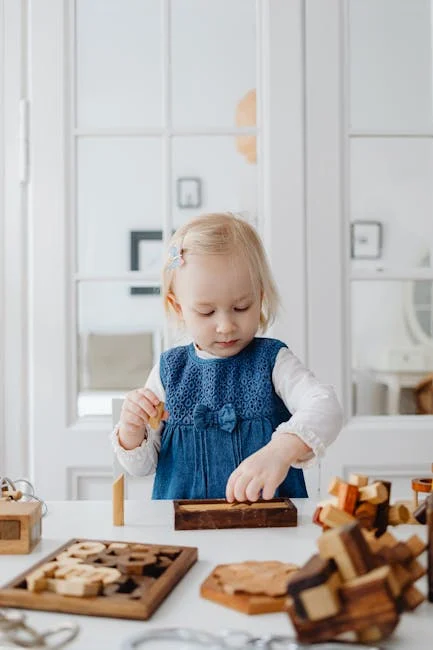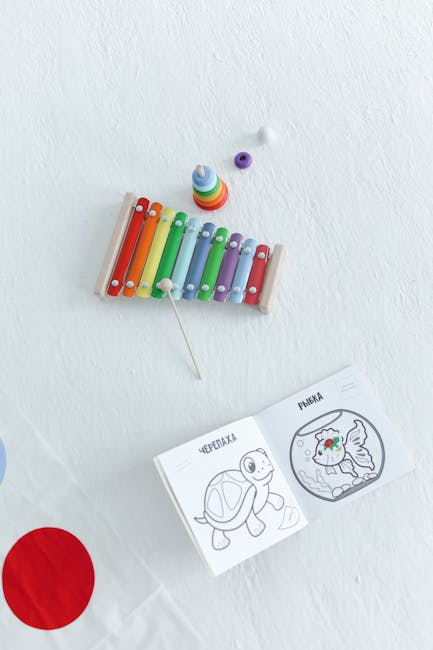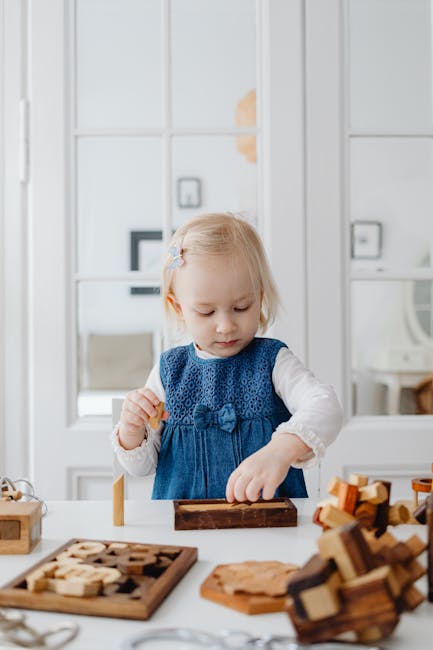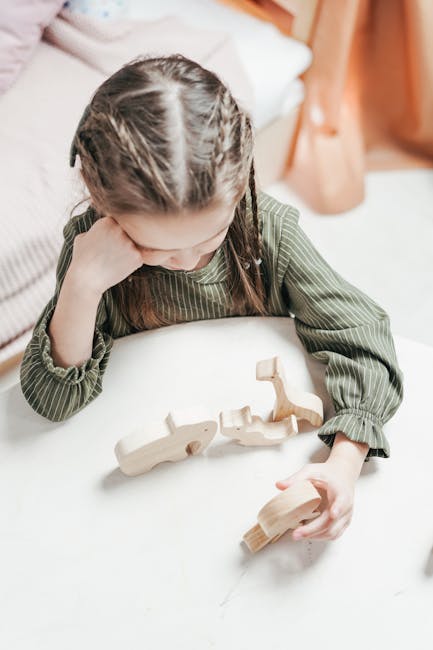DIY Toys and Games for Babies and Toddlers from Everyday Materials

DIY toys and games for babies and toddlers made from everyday materials are simple, safe, and educational. Parents can create engaging playthings using common household items like paper, fabric, and recycled containers. These homemade toys support fine motor skills, sensory development, and creativity without extra cost. Making your own toys also allows control over safety and materials used, which is especially important for young children.
Why Choose DIY Toys for Babies and Toddlers?
DIY toys offer several benefits compared to store-bought options. They are often cheaper and customizable to a child’s age and needs. Everyday objects provide a variety of textures, colors, and sounds, which stimulate sensory learning. Research shows that sensory-rich play aids brain development during early years. Additionally, DIY projects encourage parent-child bonding and creativity.
Which Everyday Materials Are Safe and Suitable for Babies and Toddlers?
When selecting materials, safety and non-toxicity are the top priorities. Most DIY toys use items found in kitchen, cleaning, or craft supplies. Suitable materials include:
- Clean cardboard boxes and tubes
- Soft fabrics and felt
- Plastic containers (without small parts or sharp edges)
- Paper, including construction and colored paper
- Uncooked pasta and large beads (for older toddlers)
- Wooden spoons and blocks
All items should be thoroughly cleaned, free from choking hazards, and checked for durability. Avoid small items that toddlers can swallow or materials treated with harmful chemicals.
What Are Easy DIY Toy Ideas Using Household Materials?
Here are five simple toy and game ideas that can be made quickly and safely at home:

- Sensory Bottles: Fill clear plastic bottles with water, beads, glitter, or colored oil to create visual and tactile stimulation.
- Stacking Cups: Use plastic or paper cups of various sizes for stacking, nesting, and sorting games.
- Fabric Scraps Book: Sew or glue together pieces of different textured fabrics into a small sensory book.
- Cardboard Box Playhouse: Cut windows and doors into a large box to make a playhouse or a tunnel for crawling.
- Pasta Threading Game: Dye pasta pieces and let toddlers string them onto shoelaces or yarn for fine motor practice.
How to Ensure DIY Toys Are Safe for Young Children?
Safety is crucial when making toys for babies and toddlers. Follow these guidelines:
- Use non-toxic, washable materials
- Avoid small parts that may cause choking (smaller than 1.75 inches in diameter)
- Securely fasten all components using child-safe adhesives or stitching
- Check toys regularly for wear and discard broken pieces
- Supervise playtime, especially with new toys
By adhering to safety standards, parents can reduce risks and create worry-free play experiences.
What Skills Do Babies and Toddlers Develop with DIY Toys?
Homemade toys support several important developmental areas:
- Fine Motor Skills: Manipulating small pieces, threading, and stacking help strengthen hand muscles and coordination.
- Sensory Development: Different textures, colors, and sounds stimulate senses and aid cognitive growth.
- Creativity and Imagination: Open-ended toys encourage children to invent new uses and games.
- Problem Solving: Simple puzzles or stacking activities teach cause-effect relationships and spatial awareness.
Research by the American Academy of Pediatrics highlights that interactive play with safe, varied materials in early childhood promotes healthy brain development.
How to Involve Your Child in Making DIY Toys?
Engaging toddlers in the creation of their toys promotes confidence and curiosity. Some tips include:

- Choose age-appropriate tasks like sorting colors or pressing shapes
- Encourage exploration of materials while supervising closely
- Allow children to personalize toys with stickers or safe paints
- Use this time to talk about textures, shapes, and colors to support language skills
Even small involvement fosters a sense of achievement and attachment to the toys.
Can DIY Toys Be Used in Educational Activities?
Yes, many DIY toys serve as educational tools. For example, homemade stacking cups can teach size comparison and counting. Sensory bottles help infants track visual movements and calm down during overstimulation. Threading games improve hand-eye coordination and prepare toddlers for writing skills. Simple homemade puzzles develop memory and problem-solving abilities.
Teachers and therapists often recommend DIY play materials for cost-effective developmental support. Consistently using these toys during daily routines can enhance learning outcomes in a natural way.
Conclusion
DIY toys and games made from everyday materials provide safe, affordable, and developmentally valuable play options for babies and toddlers. Parents can create a variety of sensory, motor, and cognitive toys using simple household items while ensuring safety. These homemade toys encourage creativity, learning, and bonding without the need for expensive purchases. With basic materials and supervision, anyone can support early childhood growth through personalized DIY play.

